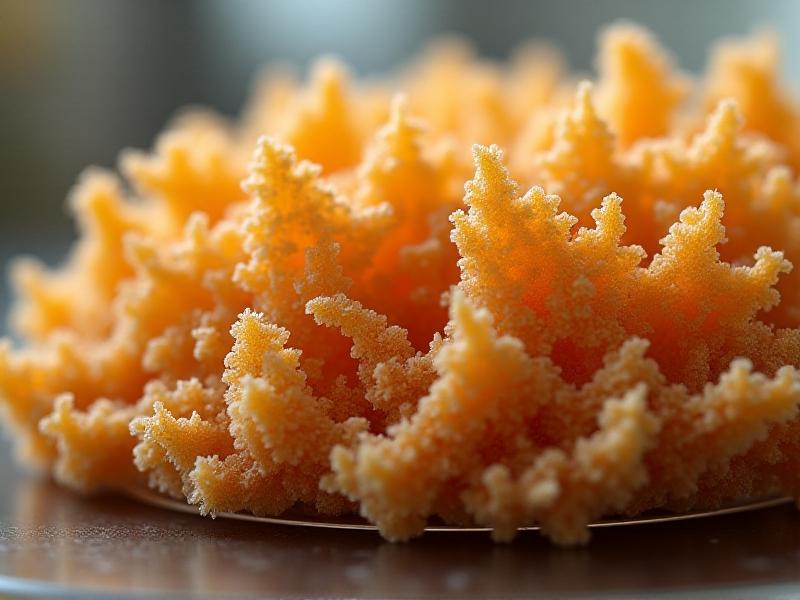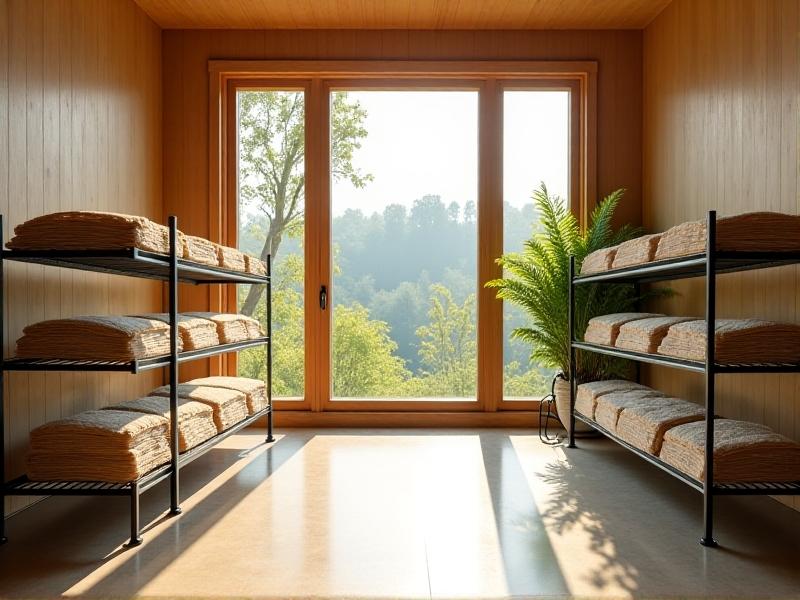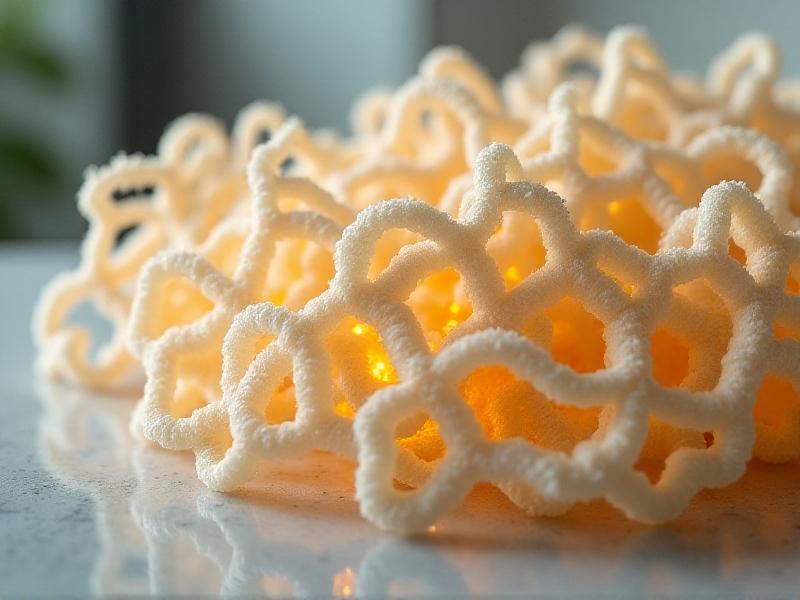Energy Modeling Software Adaptations for Fungal Material Inputs
Introduction to Energy Modeling and Fungal Materials
Energy modeling software has become an indispensable tool in the architecture, engineering, and construction (AEC) industries, enabling professionals to simulate and optimize energy consumption in buildings. Traditionally, these tools have been designed to analyze conventional building materials like concrete, steel, and glass. However, the rise of sustainable and bio-based materials, such as fungal mycelium, has introduced new challenges and opportunities for energy modeling software. Fungal materials, known for their lightweight, insulating, and biodegradable properties, require adaptations in energy modeling software to accurately predict their performance in building systems. This blog explores how energy modeling software can be adapted to incorporate fungal material inputs, ensuring that these innovative materials are effectively integrated into sustainable building designs.

The Unique Properties of Fungal Materials
Fungal materials, particularly those derived from mycelium, possess unique properties that differentiate them from traditional building materials. Mycelium is the root-like structure of fungi, consisting of a network of hyphae that can bind organic substrates into a solid, durable material. This material is lightweight, fire-resistant, and has excellent thermal insulation properties. Additionally, fungal materials are biodegradable, making them an attractive option for sustainable construction. However, these properties also present challenges for energy modeling software, which must account for variations in density, thermal conductivity, and moisture absorption. Adapting energy modeling software to accurately simulate these properties is essential for leveraging the full potential of fungal materials in energy-efficient building designs.

Challenges in Modeling Fungal Materials
One of the primary challenges in adapting energy modeling software for fungal materials is the lack of standardized data on their thermal and mechanical properties. Unlike conventional materials, which have well-documented characteristics, fungal materials exhibit variability based on the species of fungi, growth conditions, and substrate composition. This variability makes it difficult to create accurate models that predict energy performance. Additionally, fungal materials are sensitive to environmental factors such as humidity and temperature, which can affect their insulation properties over time. Energy modeling software must be updated to include these dynamic factors, requiring collaboration between material scientists and software developers to ensure that the models are both accurate and reliable.

Adapting Energy Modeling Software for Fungal Inputs
To adapt energy modeling software for fungal materials, developers must integrate new algorithms and databases that account for the unique properties of these materials. This includes creating modules that simulate thermal conductivity, moisture absorption, and biodegradation rates. Additionally, software interfaces should allow users to input custom data based on specific fungal material compositions, enabling more precise modeling. Collaboration with researchers and manufacturers of fungal materials is crucial to ensure that the software remains up-to-date with the latest advancements in the field. By incorporating these adaptations, energy modeling software can provide architects and engineers with the tools they need to design buildings that maximize the energy efficiency and sustainability of fungal materials.
Case Studies: Fungal Materials in Energy-Efficient Buildings
Several pioneering projects have demonstrated the potential of fungal materials in energy-efficient building designs. For example, the "MycoTree" installation at the Seoul Biennale of Architecture and Urbanism showcased a structural system made entirely of mycelium-based components, highlighting the material's strength and versatility. Another example is the "Hy-Fi" tower in New York, which used mycelium bricks to create a temporary structure with excellent thermal insulation properties. These case studies provide valuable insights into the performance of fungal materials in real-world applications, offering data that can be used to refine energy modeling software. By analyzing these projects, developers can identify best practices for incorporating fungal materials into energy models, ensuring that future designs are both innovative and sustainable.
Future Directions: Integrating Fungal Materials into Mainstream Energy Modeling
As fungal materials gain traction in the construction industry, there is a growing need to integrate them into mainstream energy modeling software. This requires ongoing research to better understand the properties of these materials and how they interact with other building components. Additionally, software developers must prioritize user education, providing training and resources to help architects and engineers effectively use fungal material inputs in their models. By fostering collaboration between material scientists, software developers, and building professionals, the industry can accelerate the adoption of fungal materials in energy-efficient designs. This integration not only supports sustainability goals but also opens up new possibilities for innovative and resilient building solutions.
The Role of Fungal Materials in Circular Economy
Fungal materials play a significant role in the circular economy, where resources are reused, recycled, and regenerated to minimize waste. Unlike traditional building materials, which often end up in landfills, fungal materials can be composted and returned to the earth at the end of their lifecycle. This aligns with the principles of the circular economy, promoting sustainability and reducing environmental impact. Energy modeling software must adapt to account for the lifecycle benefits of fungal materials, including their carbon sequestration potential and biodegradability. By incorporating these factors into energy models, architects and engineers can design buildings that not only reduce energy consumption but also contribute to a more sustainable and circular economy.
Conclusion: The Path Forward for Energy Modeling and Fungal Materials
The integration of fungal materials into energy modeling software represents a significant step forward in sustainable building design. By adapting software to account for the unique properties of these materials, architects and engineers can unlock their full potential in creating energy-efficient and environmentally friendly buildings. This requires collaboration across disciplines, ongoing research, and a commitment to innovation. As the construction industry continues to embrace bio-based materials, energy modeling software will play a crucial role in ensuring that these materials are used effectively and responsibly. The future of building design lies in the harmonious integration of technology and nature, and fungal materials are poised to lead the way.








